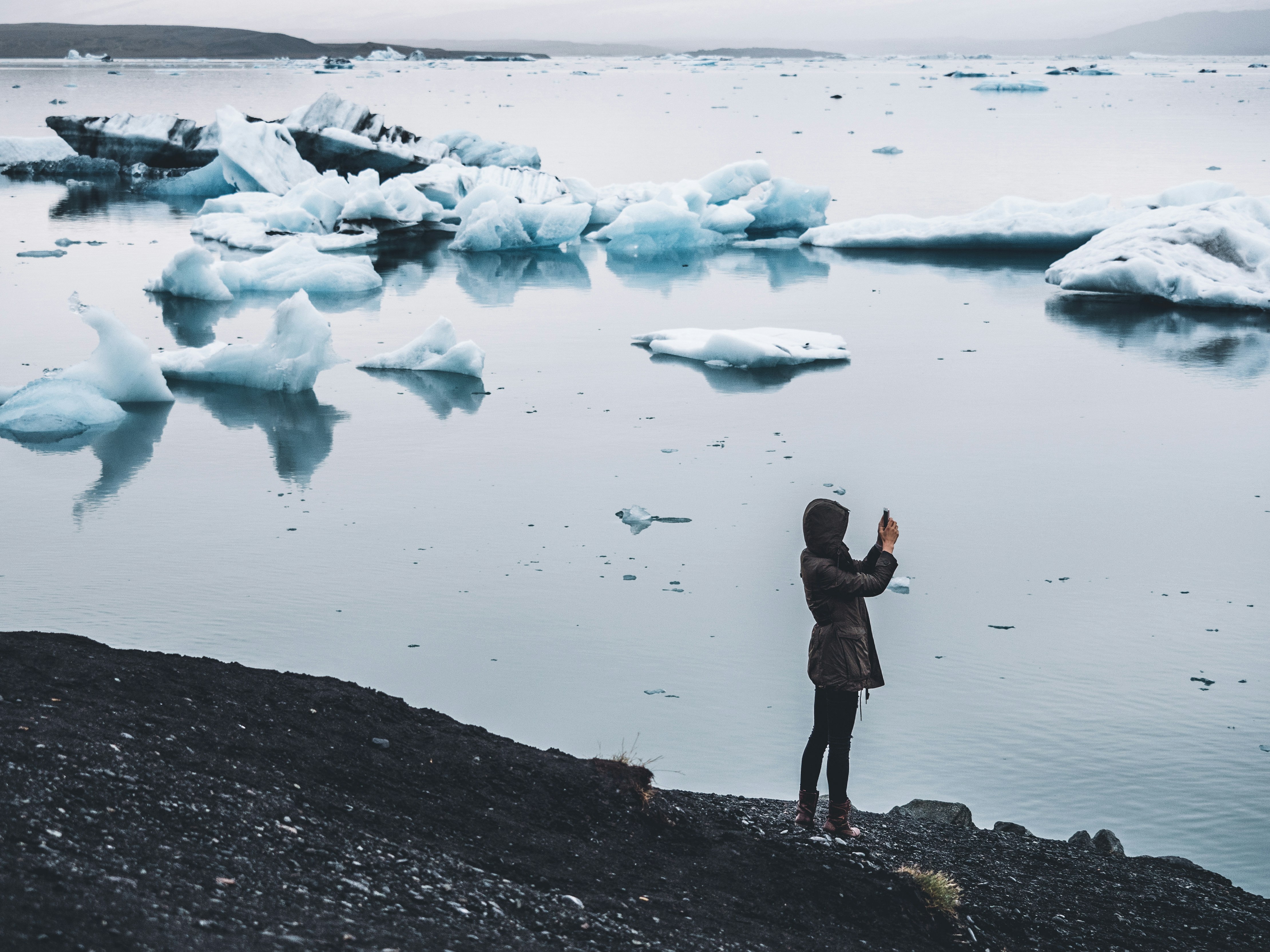Welcome to a guide on the do’s and don’ts of cold plunge practices for improving your mental health. In this article, we will explore the benefits of cold plunges, as well as some important tips to keep in mind for a safe and effective experience. By incorporating these practices into your routine, you can enhance your overall well-being and boost your mental clarity.
Do’s & Don’ts: Cold Plunge Practices for Mental Health
Have you ever considered incorporating cold plunge practices into your routine for mental health benefits? This article will guide you through the do’s and don’ts to ensure you experience the maximum benefits without any drawbacks. Let’s dive in!
The Benefits of Cold Plunge for Mental Health
Cold plunge practices, such as cold showers, ice baths, or cryotherapy, have been shown to have numerous mental health benefits. They can help reduce anxiety, improve mood, increase mental clarity, and even boost overall well-being. By exposing your body to cold temperatures, you can trigger a response that releases endorphins and decreases inflammation, leading to a positive impact on your mental health.
The Do’s of Cold Plunge Practices
When incorporating cold plunge practices into your routine for mental health, there are certain guidelines you should follow to maximize the benefits and ensure safety.
Do Start Slow
It’s essential to ease your body into cold plunge practices gradually. Start with shorter exposure times and lower temperatures, allowing your body to acclimate over time. This gradual approach will help prevent shock to your system and make the experience more comfortable.
Do Listen to Your Body
Pay attention to how your body responds to cold plunge practices. If you feel any signs of discomfort or distress, such as shivering uncontrollably, experiencing numbness, or feeling lightheaded, it’s essential to stop immediately and warm up. Your body’s response is a signal that you need to adjust the temperature or duration of your cold plunge.
Do Stay Hydrated
Cold plunge practices can be dehydrating, so it’s crucial to drink plenty of water before and after your session. Hydration is essential for supporting your body’s temperature regulation and overall well-being. Consider adding electrolytes to your water to replenish any lost minerals during the cold plunge.
Do Focus on Your Breathing
When immersed in cold water, it’s natural for your body to tense up and your breathing to become shallow. Practice deep breathing techniques to help relax your body and mind during the cold plunge. Focus on slow, controlled breaths to stay calm and centered throughout the experience.
Do Warm Up Properly Afterward
After completing your cold plunge session, it’s vital to warm up your body gradually. Avoid jumping straight into a hot shower or sauna, as this can be shock to your system. Instead, use a warm towel, engage in light physical activity, or perform gentle stretches to slowly raise your body temperature and prevent any discomfort.
The Don’ts of Cold Plunge Practices
While there are many benefits to cold plunge practices for mental health, there are also some potential pitfalls to avoid. By being aware of these don’ts, you can ensure a safe and enjoyable experience.
Don’t Overdo It
It’s crucial not to overdo cold plunge practices, especially when just starting out. Pushing yourself too hard or exposing yourself to extremely cold temperatures for extended periods can lead to negative consequences, such as hypothermia or frostbite. Listen to your body and know your limits to prevent any harm.
Don’t Do Cold Plunges in Certain Health Conditions
If you have certain health conditions, such as heart problems, circulatory issues, or Raynaud’s disease, it’s essential to consult with a healthcare professional before engaging in cold plunge practices. Cold exposure can exacerbate these conditions and lead to adverse effects on your health. Always prioritize safety and seek medical guidance when in doubt.
Don’t Use Extreme Temperatures
While cold plunge practices involve exposing your body to cold temperatures, it’s crucial to avoid extremes that could be harmful. Opt for moderate temperatures that challenge your body without putting you at risk. Extreme cold can lead to shock, discomfort, and even injury, so it’s best to stay within a safe range for your sessions.
Don’t Neglect Proper Preparation
Preparing for a cold plunge session is just as important as the plunge itself. Make sure you have everything you need, such as a timer, warm towel, water, and a safe environment. Neglecting proper preparation can make the experience less enjoyable and more challenging, so take the time to set yourself up for success.
Don’t Forget the Mental Aspect
Cold plunge practices not only have physical benefits but also mental benefits. Don’t forget to focus on the mental aspect of the experience, such as practicing mindfulness, visualization, or positive affirmations during your plunge. By combining the physical and mental aspects, you can enhance the overall impact on your mental health.
Conclusion
Incorporating cold plunge practices into your routine for mental health can be a transformative experience when done correctly. By following the do’s and don’ts outlined in this article, you can enjoy all the benefits of cold plunge practices while minimizing any risks. Remember to start slow, listen to your body, stay hydrated, focus on breathing, and warm up properly afterward. Avoid overdoing it, consult with a healthcare professional if needed, use moderate temperatures, prepare adequately, and don’t neglect the mental aspect. With these guidelines in mind, you can take your mental health to new heights through cold plunge practices. Happy plunging!





